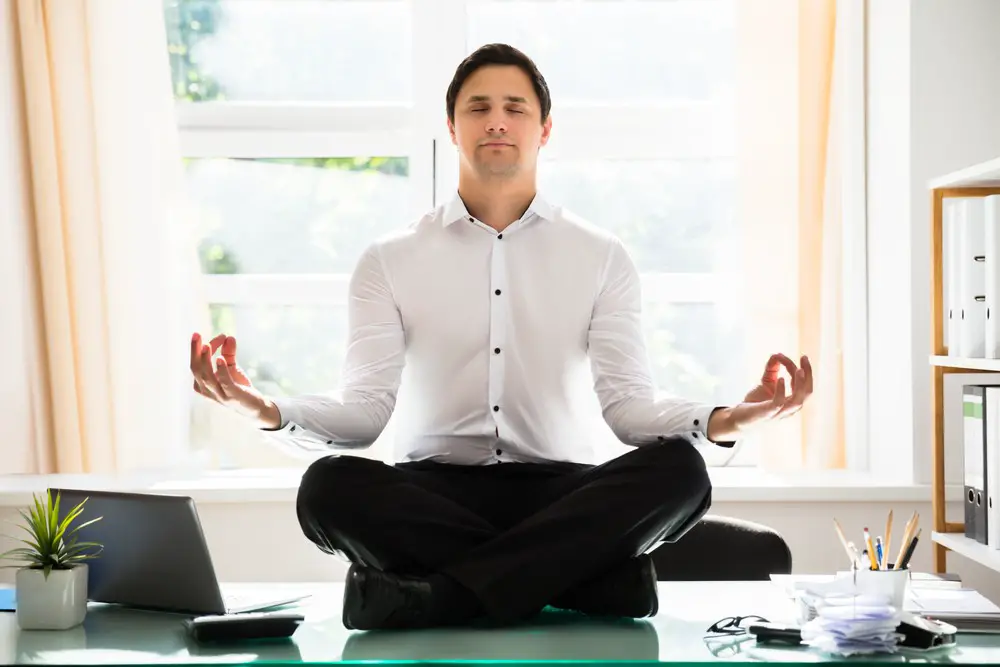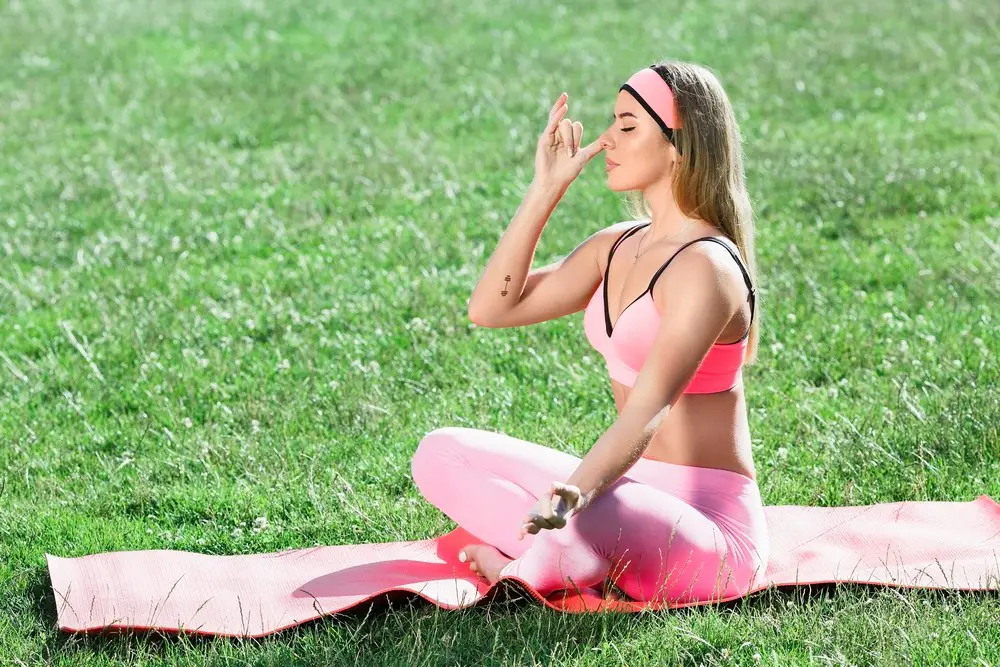As a BetterHelp affiliate, we receive compensation from BetterHelp if you purchase products or services through the links provided
Yoga’s immense physical and mental benefits have helped its popularity around the globe. Besides assisting those practicing it to achieve their desired fitness level, yogic postures and breathing help prevent and reduce stress.
Also known as pranayama, yogic breathing exercises are essential to yoga’s stress-relieving benefits. Once you learn these breathing exercises, they can help you regulate your breath and relax through deep breathing. In addition, you can practice these beyond your yoga practice when you face difficult or emotional situations.
Recent studies continue to show that the benefits of yoga often reduce the need for prescription medication, especially for treating anxiety, depression, and stress.
Let’s take a closer look at yogic breathing and how you can use it beyond your yoga practice:

Breathing and Calming Stress
All people experience shortness of breath and shallow breathing when stressed because the brain goes into its inherent fight or flight mode. However, by learning focused and deep yogic breathing techniques, you can learn to reduce anxiety by activating the body’s parasympathetic nervous system.
The breath awareness you learn in yoga helps induce feelings of calm and peace thanks to how it regulates these calming activities in the vagus nerve that runs from the brain, passing through the chest to the belly. By working on your breathing, you improve the response of your vagus nerve to help you reach a relaxed state faster.
Learning Yogic Breathing
Yoga’s purpose is to unite the mind and body, and its breathing techniques are the tool that helps with the concentration and mindfulness required. Pranayama helps with both the physical and emotional requirements of practicing yoga.
Some of the more straightforward yogic breathing techniques are easy to learn by yourself, but with the guidance of a yoga instructor, you can learn the more difficult breathing techniques.
Some Vital Yogic Breathing Techniques
These are some of the best pranayama breathing techniques to try:
Ujjayi
Ujjayi, or “victorious breath,” involves gently narrowing your throat, creating resistance as air passes through the body. The breathing creates a snore-like sound that some find soothing.
Nadi Shodhana
Nadi Shodhana, or “alternate nostril breathing,” requires you to alternate your inhalations and exhalations through the right nostril and left nostril, associating your breathing with the emotional and logical halves of the brain. The technique’s balancing aspect helps your concentration and has a calming effect.
Kapalabhati
Kapalabhati, or “skull shining breath,” entails gentle inhaling and strong exhaling, helping the body remove toxins and clear its energy channels.
Bhastrika
Bhastrika is also known as “bellow’s breathing” or “stimulating breath.” It also involves aggressive inhalation and exhalation patterns that help energize the body and calm the mind.
Bhramari
Bhramari, or “humming bee breath,” requires that you take a deep breath followed by a “humming” exhalation. The humming sound and the gentle vibration it produces create a calming sensation that helps to focus a busy mind.
Simhasana
Simhasana, or “lion’s breath,” entails sticking out your tongue and roaring like a lion. Often, this form of breathing can do more than help you express yourself; it also encourages relaxation.

Significant Benefits of Pranayama Breathing
Pranayama breathing benefits anyone wanting to improve their meditation or yoga practices. However, these breathing exercises can also help you fight stress and calm your mind. Here are some more benefits:
Clears Your Mind
Pranayama increases oxygen intake and effectively removes carbon dioxide, helping the brain and nervous system to calm your focus. Clearing your mind reduces stress and anxiety and improves your cognitive brain function.
Improved Mindfulness
Yogic breathing requires you always to pay close attention to your breathing and can help you regulate your emotions and improve your mindfulness when you feel your mind wandering into negative thoughts.
Stronger Lungs
The deep breathing required for pranayama will help to strengthen your lungs and increase their capacity. Fuller breaths mean better-dilated blood vessels and improved circulation. Imagine the benefits to your mind and immune system.
Better Sleep
Pranayama breathing’s stress-reducing qualities help you sleep better since it lowers your heart rate. Practice yogic breathing at bedtime for a relaxing and calming effect on the body.
Final Take
If you want to improve your overall well-being and stress levels, practicing yogic breathing exercises as part of your yoga routine or meditation can offer you the benefits of less stress and a calmer mind. These differing inhalation and exhalation yogic breathing patterns teach you to control your breathing completely, offering ultimate stress relief, more energy, and better health.
- 3 Ways Wearing a Hat Can Help Lower Your Stress Levels - April 19, 2025
- Breaking the Silence: Why Men’s Mental Health Matters More Than Ever - April 15, 2025
- How to Transform a Home’s Patio Space into a Relaxing Space - March 23, 2025
This site contains affiliate links to products. We will receive a commission for purchases made through these links.



